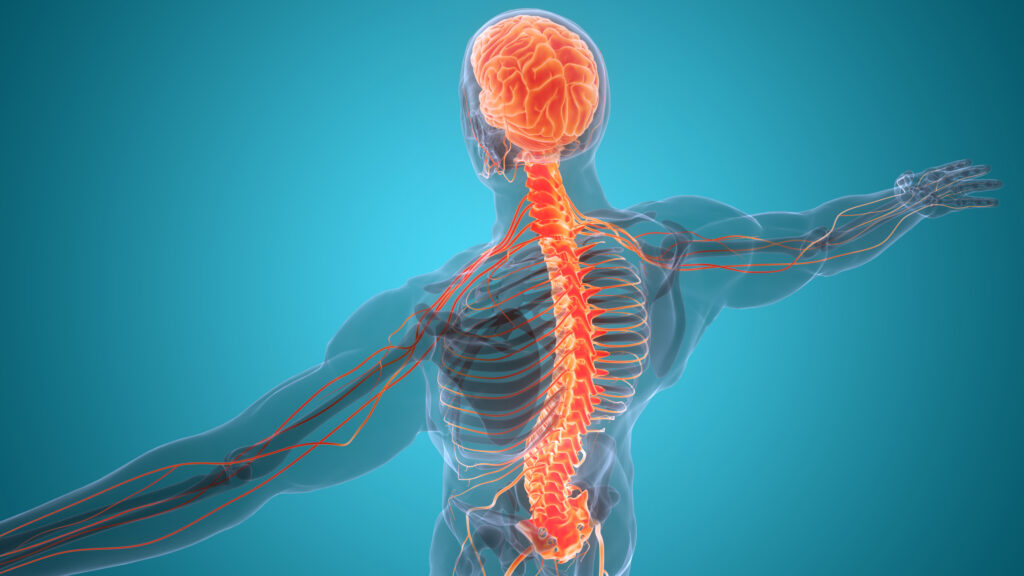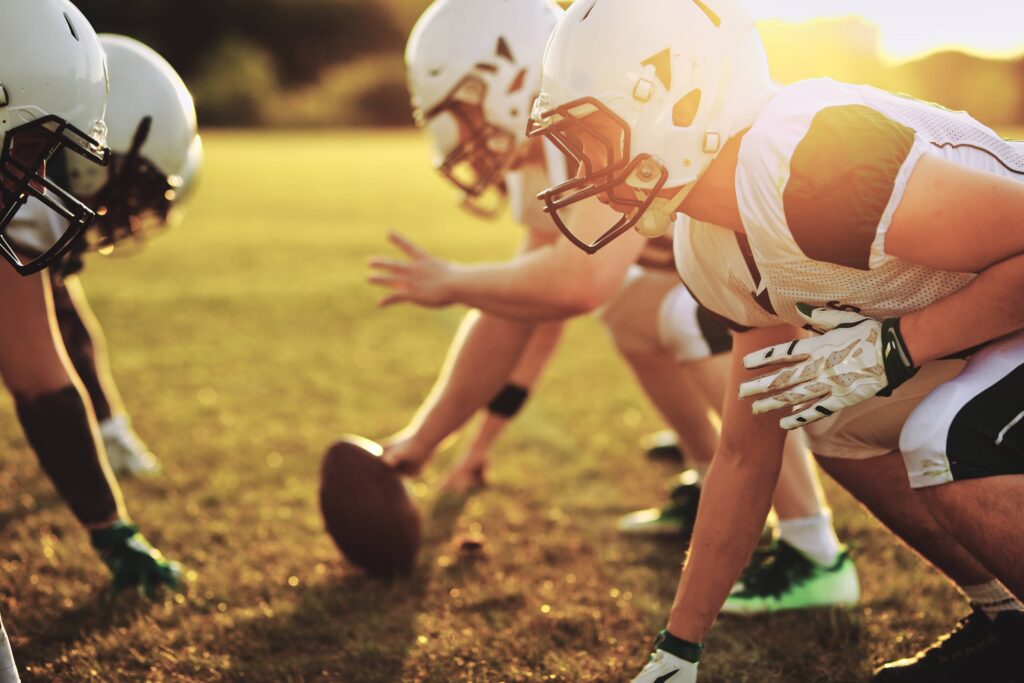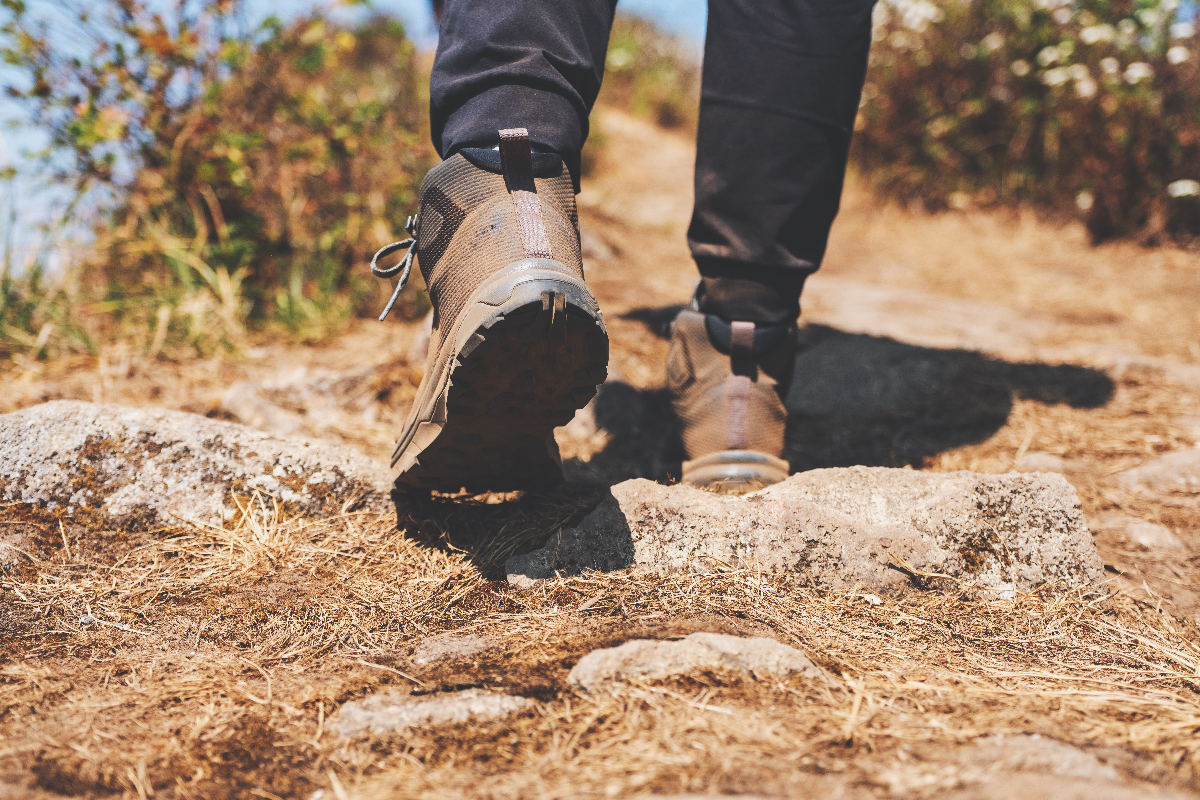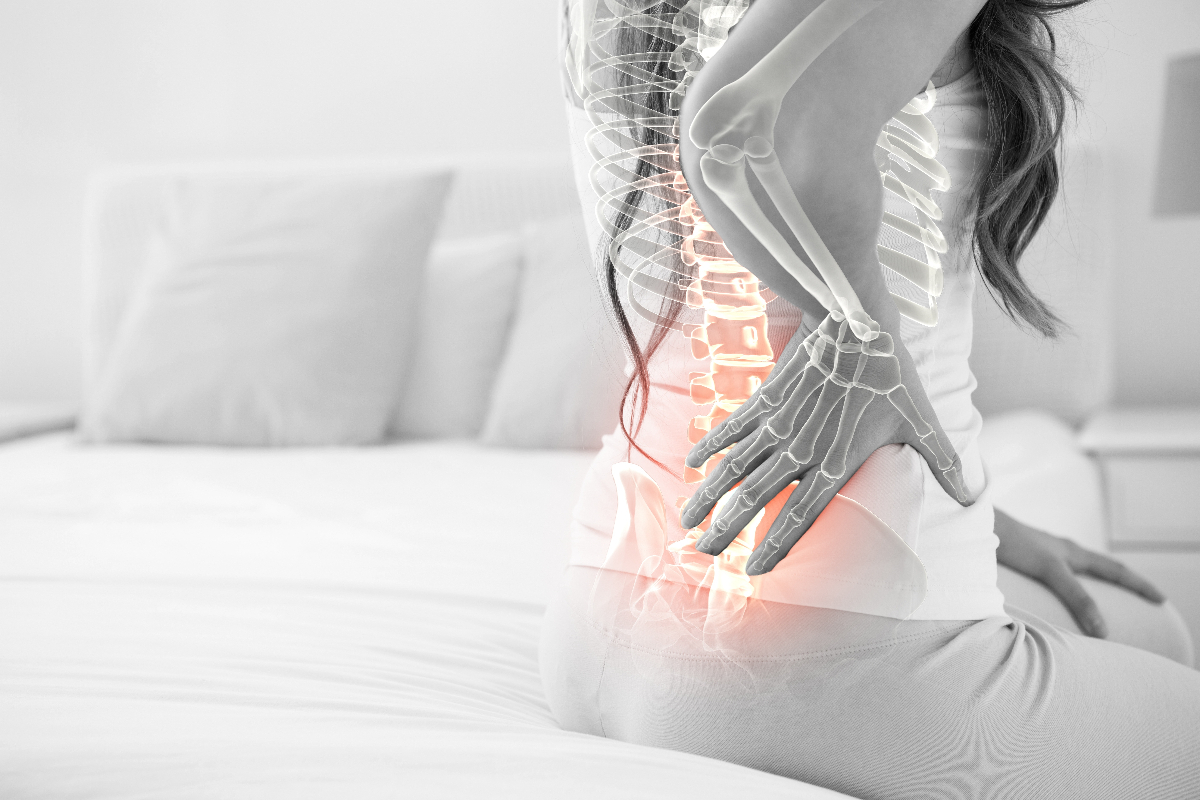In youth football, injuries to the head and neck are common. While helmets help protect players from concussions, they do not always protect players from other types of injuries. There are some common back and neck injuries that occur in youth football, and tips to guide parents on what they need to know about them.
One of the most common back and neck injuries in youth football is a stinger. A stinger occurs when the head or neck is forcefully extended, causing the nerves in the area to become stretched or compressed. This can cause pain, numbness, or weakness in the arms or legs. While stingers are not typically serious, they can be very painful and can cause players to miss games or practices.

Another common back and neck injury in youth football is a spine injury. Spine injuries can range from mild to severe, and they can occur when the spine is bent or twisted in an awkward position. Symptoms of a spine injury include pain, numbness, or weakness in the arms or legs.
In severe cases, spine injuries can lead to paralysis.
If your child is experiencing any pain, numbness, or weakness in their arms or legs, it is important to seek medical attention right away. While most back and neck injuries are not serious, they can be very painful and should be treated by a medical professional.
Wearing football gear can help keep a child safe from spine and neck injuries while playing football. The right gear can protect the child’s head, neck, and spine. It is important to wear gear that fits properly so that it can do its job of protecting the child. Since children continue to grow each year, it is important to check and fit the equipment yearly.

There is no one specific measure that can prevent spine and neck injuries in youth football players. However, there are some things that parents can do to help keep their child safe. One is making sure that the child warms up and cools down properly before and after playing. Warming up and cooling down helps increase blood flow to the muscles and reduces the risk of injuries. Another thing parents can do is make sure their child practices good techniques. Poor technique can lead to unnecessary injuries. Check in with your child to make sure they are participating at practice and learning the techniques needed to play safely. It is also a good idea to communicate with your child’s coaching staff on a regular basis. Ask about practice and the warm up and cool down routine, and if there is anything your young athlete should be doing at home to help them continue to stay healthy and participating day to day.
Finally, parents can help their child rehab any injuries that may occur. If a child experiences a
stinger or spine injury, it is important to seek medical attention and to follow the doctor’s instructions for
rehab. Doing rehab exercises can help the child recover quickly and reduce the risk of future injuries.



